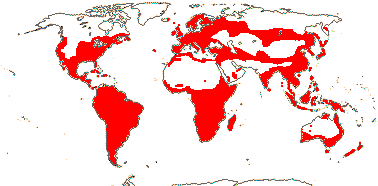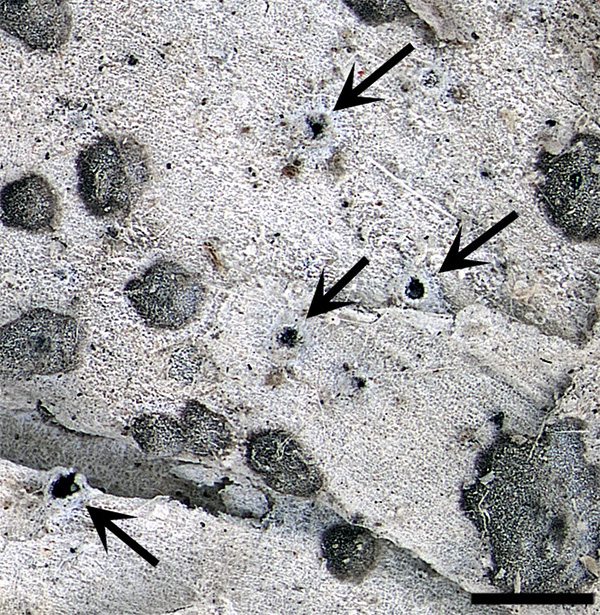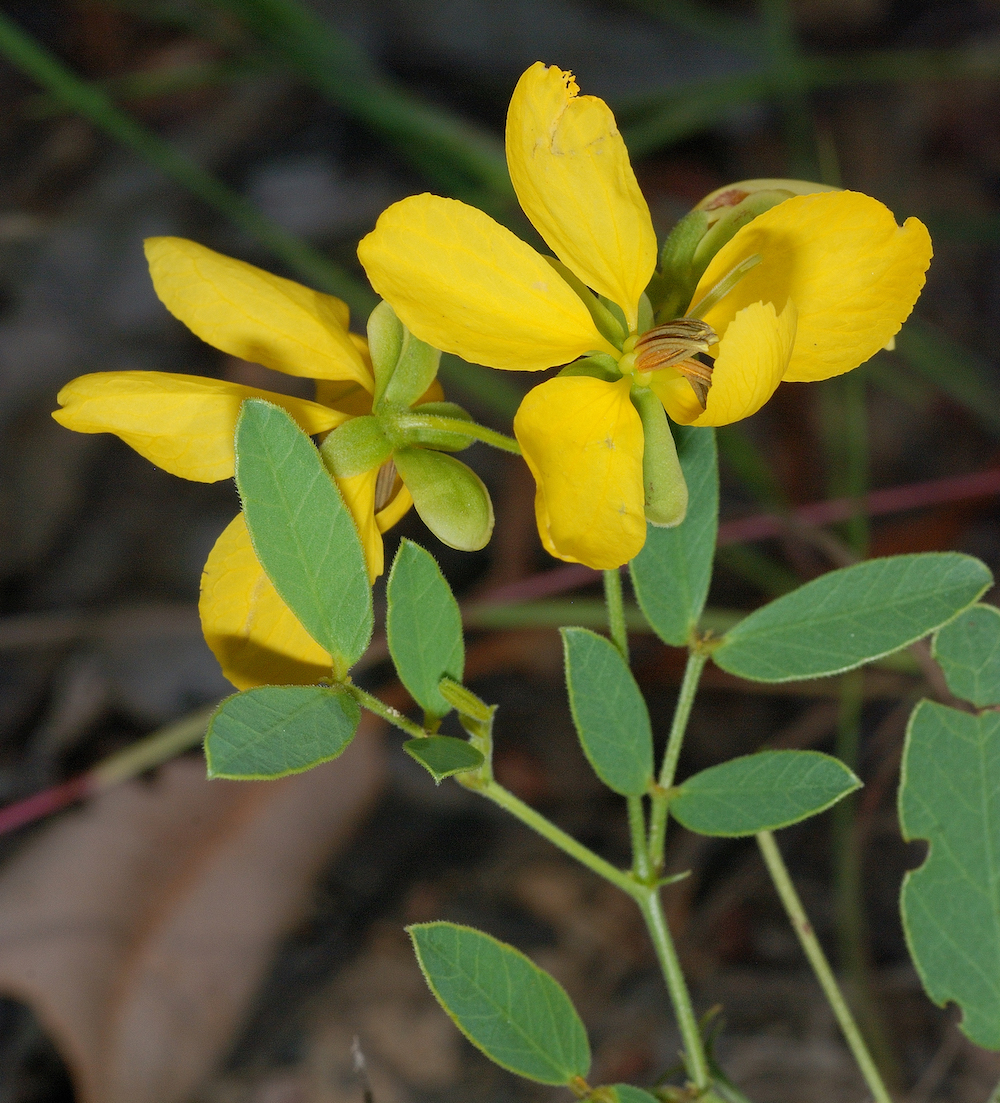The State Herbarium of South Australia published two articles in Vol. 38 of its journal Swainsona today, 16 Sep. 2024.
(1) Y. Pillon, D. Craynb, S.J.R. Streiff & J.M. de Vos, A suprageneric classification of Oxalidales (200kb PDF).
Using the results of recently published thoroughly-samples phylogenies, the authors from Australia, France and Switzerland, publish a revised classification of the order Oxalidales, which contains the plant families Brunelliaceae, Cephalotaceae, Connaraceae, Cunoniaceae, Elaeocarpaceae (incl. the former Tremandraceae) and Oxalidaceae. Some of these families are well-represented in Australia. One new suborder, five new subfamilies, and three new tribes are described.
(2) G. Kantvilas, Tasmanian additions to the genus Inoderma (Arthoniaceae) (3.2mb PDF).
The author from the Tasmanian Herbarium reviews the lichen genus Inoderma, which was split recently from Arthonia, and accepts two species for Australia: one described as new, the other an existing species that is transferred to Inoderma. In total, the genus now has seven species worldwide. A species of fungus that grows on Inoderma lichens is also reported: Chaenothecopsis brevipes.
To access content of all volumes of Swainsona and the Journal of the Adelaide Botanic Gardens since Vol. 1 (1976), please visit the journal’s web-site at flora.sa.gov.au/swainsona.









You must be logged in to post a comment.